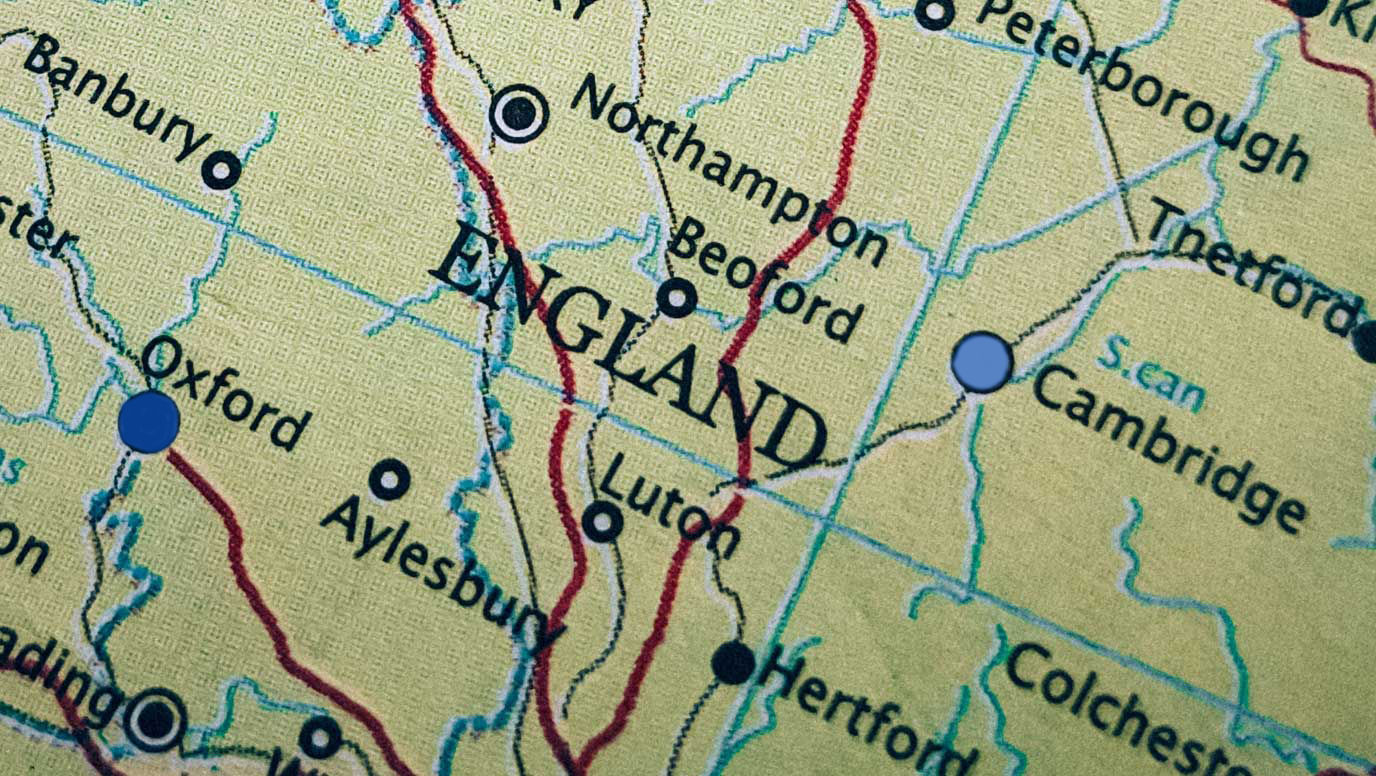Into the Valley ....

At the end of January, the Chancellor of the Exchequer identified growth in and around Cambridge – and its Oxford counterpart – as being twin pillars of the Government’s ‘further & faster’ economic growth policy.
It’s not the first time that the still relatively new administration has mentioned Cambridge in its formal departmental policy dispatches. Last autumn, the Housing Minister appointed Peter Freeman as the Chair of the Cambridge Growth Company, picking up from the previous government’s stated intention, in March 2024, to establish a company that would take forward its predecessor’s – the Cambridge Delivery Group (CDG) – role as “a government team to advise on and drive forward the Government’s vision for Cambridge.”
Another name in the frame to reinforce the Government’s spotlight on its plans for the Oxford-Cambridge Growth Corridor is Lord Patrick Vallance, Minister for Science.
He is being tasked to steer a path down the corridor in fashioning it to become ‘Europe’s Silicon Valley’ through which it could boost the UK’s economy to the tune of £78 billion in a decade’s time.
Seasoned Cambridge operators will be cheered to see that from Silicon Fen in the East of England region, a mighty European Silicon Valley might be forged. We also remember the Oxford-Cambridge Arc initiative of the 2003’s government that was dropped in 2021 by the administration of that time.
However, it’s the experience of many down the decades that confidence in business excellence in the Cambridge area will continue to thrive one way or another, with or without the high public profile and priority that successive governments state they are going to give it.
Arguably, Cambridge’s success, to date, continues to develop organically and perhaps that is its superpower.
We are 13 years on from the 2012 publication of a book, The Cambridge Phenomenon which charted the phenomenal rise in the previous half century of innovation and enterprise in and around a city dominated by its university’s excellence. A city which, in the fifty years since the 1960s, had seen thousands of companies established to commercialise scientific & technical research.
Segal Quince Wicksteed, of course, published the original Cambridge Phenomenon: The Growth of High Technology Industry in 1985.
Fast forward from even 2012 to now, to 2025, where the Cambridge area is one of the world’s largest technology clusters and more than 5,000 companies and businesses contribute £30 billion to the UK economy.
The Centre for Cities think-tank published its annual Cities Outlook Report in January in which it posited that Cambridge is now part of the ‘Greater South East’ – as opposed to the rest of East Anglia or the wider Eastern Region.
Figures in the report also reflect the South East, specifically, the ‘London effect’ on Cambridge as a city. It notes that the area around the city centre railway station accounts for more than a quarter of the GVA output of Cambridge – whereas before its development, beginning in the 2010s, it was only 8 per cent. It also estimates that circa 16,000 people now work in that station area.
With a Cambridge North railway station embedded and with a Cambridge South one operational before this year’s end, perhaps Cambridge is at another new tipping point.
But does Cambridge need direct intervention from central government to tip it in a direction in which it will keep on achieving commercial excellence? Or, to shore up its future prosperity, are we looking to central government to just create a policy framework that fosters growth more than heavy hands-on directing of it to a central blueprint?
Certainly, if the Government’s stated intentions to reform the planning system, address the deficiencies of the country’s infrastructure which – key to Cambridge – would see a new reservoir in the Fens and increased electricity grid capacity, then count us in.
Fen, arc, corridor or valley? Whatever the shape of growth to come, Whitehall departmental recognition of the importance of Cambridge to the UK economy is gratifying.
And it is to be hoped that the efforts of both Peter Freeman and Lord Vallance can secure some tangible deliverables to the benefit of those of us who live and work in the area and the region and, thereby, UK plc.


